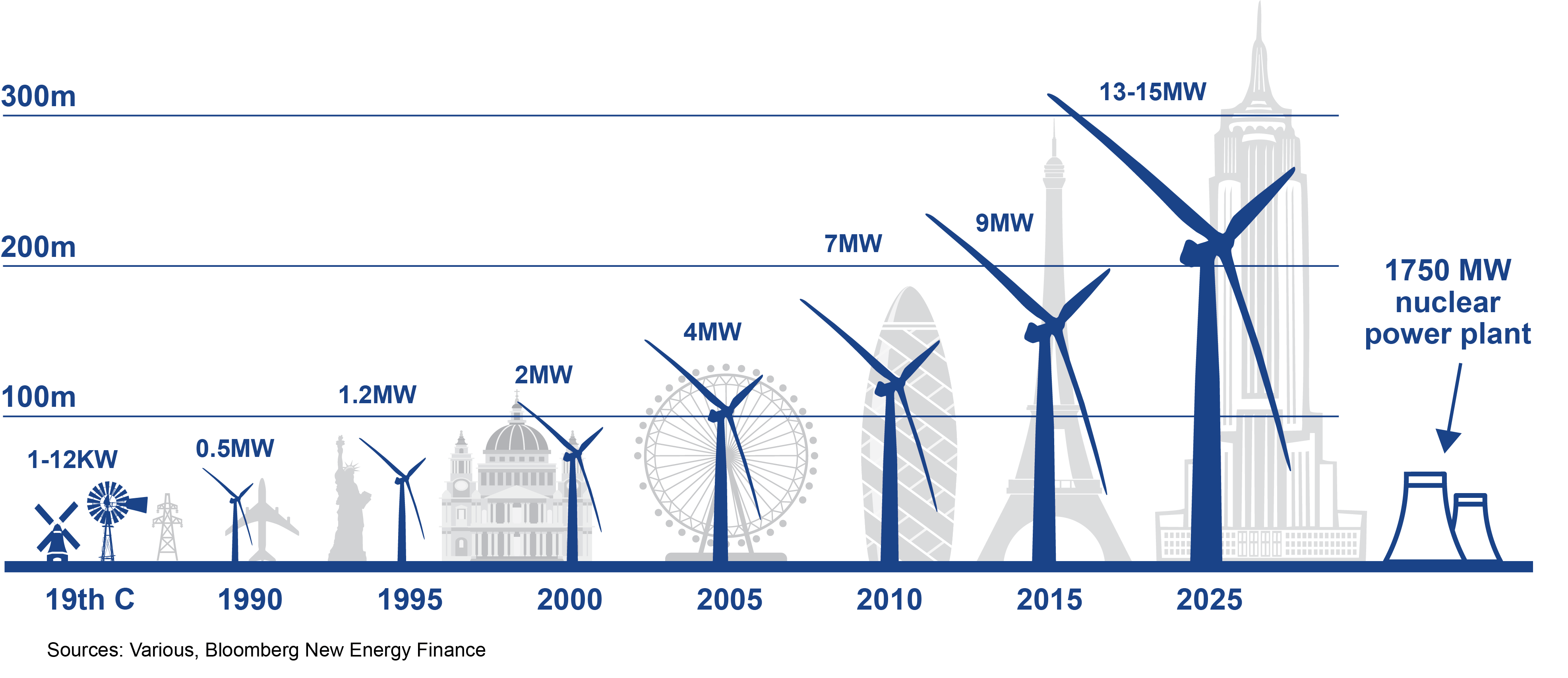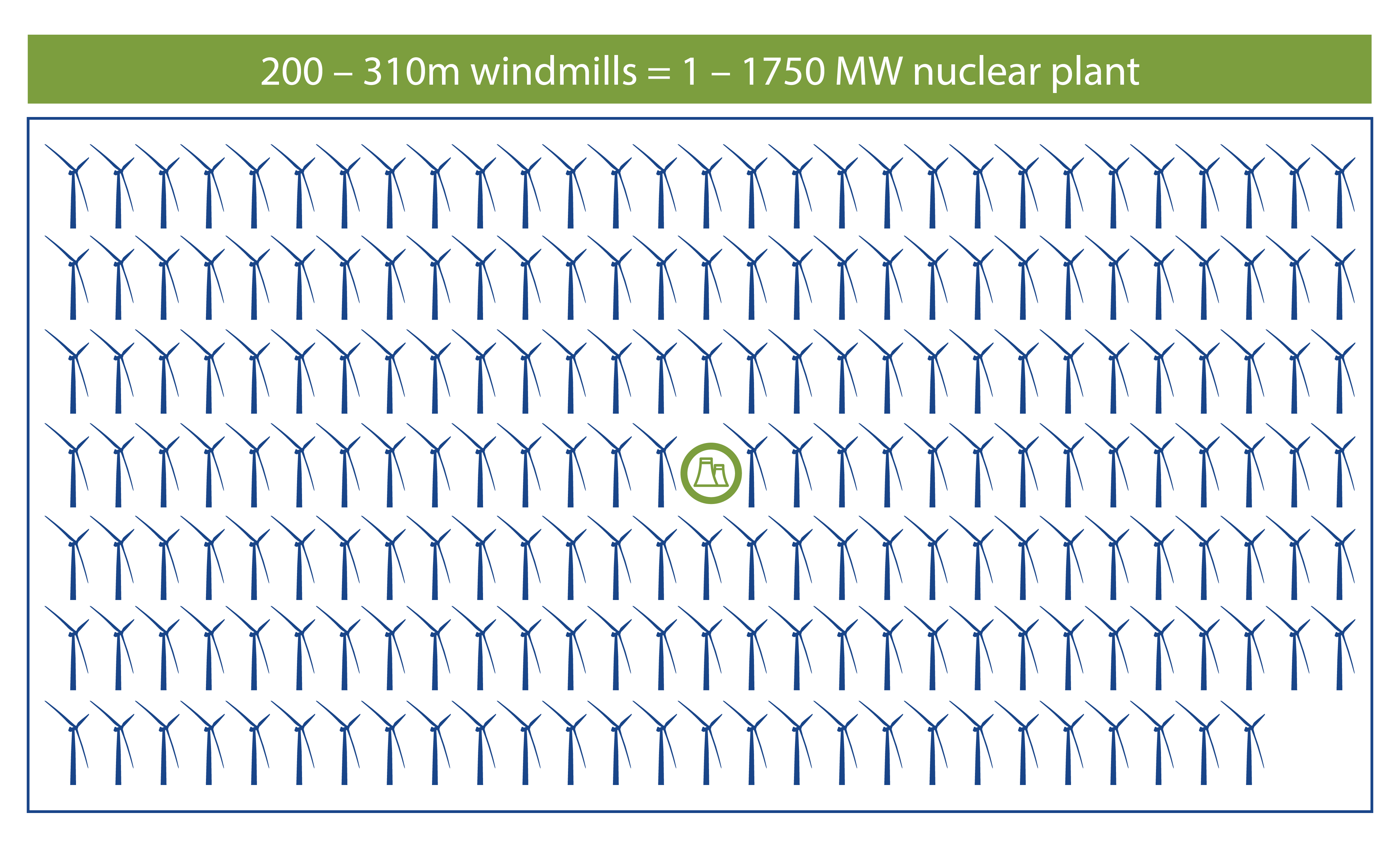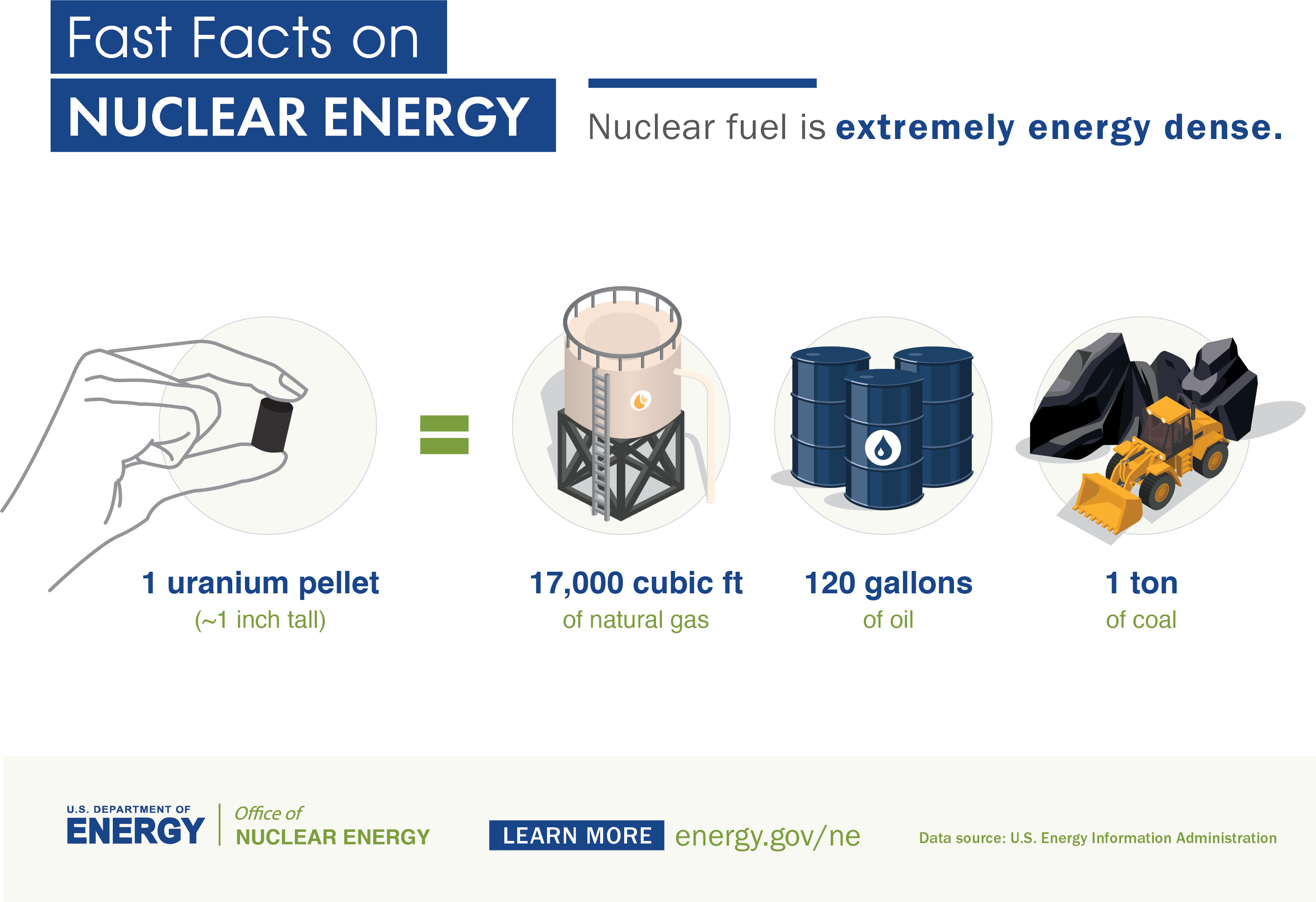Nuclear Energy is a zero-emission clean energy source that is vital to our national energy security. It generates power through fission; the heat released by fission is used to create steam that spins a turbine to generate electricity without the harmful byproducts emitted by fossil fuels.
Most people immediately think of solar panels or wind turbines when they hear the term “clean energy”; nuclear is often left out of the “clean energy” conversation despite it being the second largest source of low-carbon electricity in the world behind hydropower.
Nuclear is a Clean, Carbon-Free Energy Source
It is the largest source of carbon-free electricity in the United States and protects our air quality by generating electricity without other harmful pollutants like nitrogen oxide, sulfur dioxide, particulate matter, or mercury.
Bi-Partisan Support for Nuclear Energy in the US – for the first time in 48 years the Democrat platform supports nuclear: “We are not going to be able to achieve our climate goals if nuclear plants shut down. We have to find ways to keep them operating” – Energy Secretary Granholm
According to the Nuclear Energy Institute (NEI), the United States avoided more than 471 million metric tons of carbon dioxide emissions in 2020. That’s the equivalent of removing 100 million cars from the road and more than all other clean energy sources combined. It also keeps the air clean by removing thousands of tons of harmful air pollutants each year that contribute to acid rain, smog, lung cancer and cardiovascular disease.
Nuclear has a Small Land Footprint
Despite producing massive amounts of carbon-free power, nuclear energy produces more electricity on less land than any other clean-air source. A typical 1,000-megawatt nuclear facility in the United States needs a little more than 1 square mile to operate. NEI says wind farms require 360 times more land area to produce the same amount of electricity and solar photovoltaic plants require 75 times more space. To put that in perspective, you would need more than 3 million solar panels to produce the same amount of power as a typical commercial reactor, or more than 430 wind turbines (capacity factor not included).


Nuclear is Powerful

One uranium fuel pellet—about the size of a gummy bear—creates as much energy as one ton of coal, 149 gallons of oil or 17,000 cubic feet of natural gas. A single nuclear power reactor generates enough electricity on average to power over 700,000 homes without emitting any greenhouse gases—that’s more than enough to power a city the size of Philadelphia. In fact, America’s 94 nuclear plants produce enough electricity to power 75 million homes.
Nuclear Provides Domestic Energy Security
With the recent conflicts with Russia and Ukraine, there has been an increased need for energy security worldwide. The conflict has demonstrated the need for domestic energy and the need to reduce dependency on other countries.
The US is the largest consumer of uranium in the world, yet produces close to none, despite having abundant uranium sources.
“Uranium is being advanced as a “critical material” that is vital to America’s economic and national security.” – U.S. Department of Energy

Nuclear is Safe
Despite common misconceptions, nuclear energy is one of the safest sources and has seen dramatic changes over the last 50 years to make the technology even safer and more efficient.
Comparative death rates per unit of electricity production

* ISR In-Situ Recovery is a proven uranium extraction process, used globally for uranium extraction
Environmentally-responsible and economically superior uranium extraction
Why American Uranium?
Provides a safe, reliable, and cost effective source of American energy.
Suite 1020 – 800 West Pender St.
Vancouver, BC V6C 2V6
Nuclear Fuels Inc.
info@nuclearfuels.energy
+1 (778) 819-7477
Suite 1020 – 800 West Pender St. Vancouver, BC V6C 2V6
Nuclear Fuels Inc.
info@nuclearfuels.energy
+1 (778) 819-7477
© 2023 Nuclear Fuels Inc. | Website By Exploration Sites